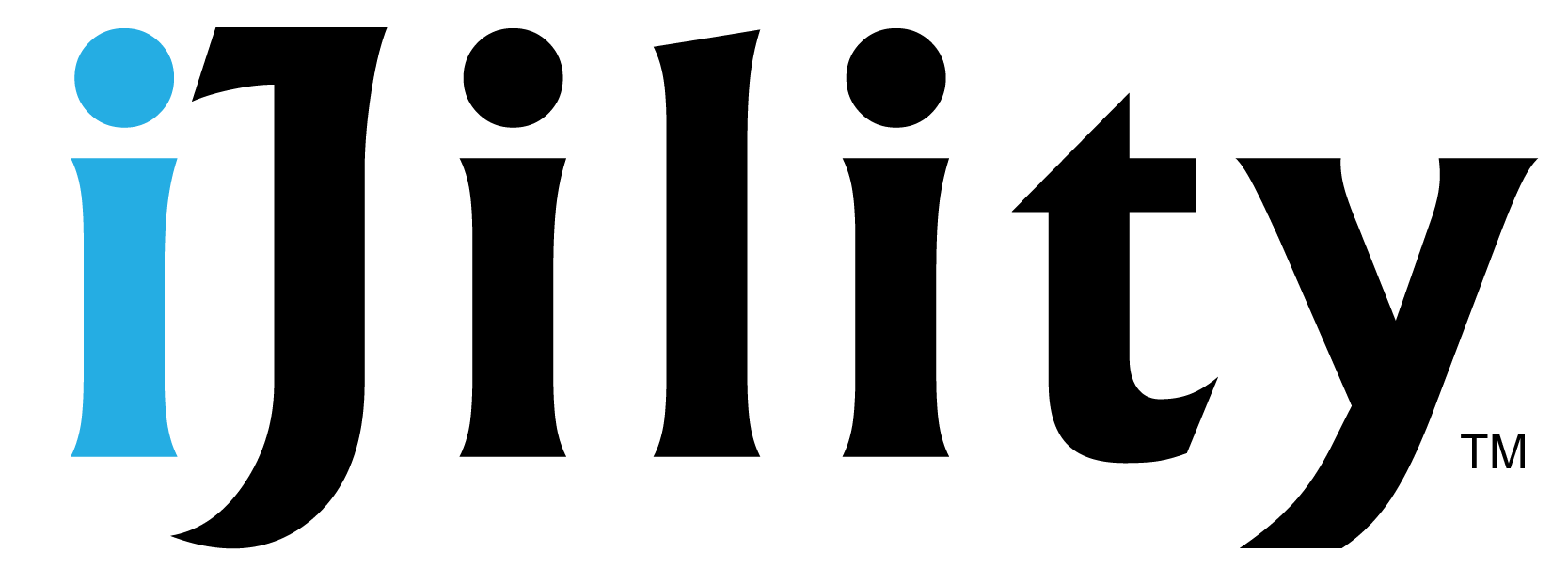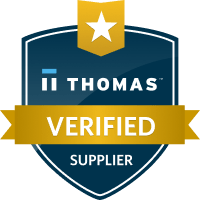
In high-velocity operations like warehouses, fulfillment centers, and retail distribution hubs, a split-second distraction can cause serious injuries, equipment damage, or workflow disruptions. Fatigue, repetitive tasks, and seasonal stressors (like summer heat) all contribute to lapses in attention—and when that happens, your people and your productivity are at risk.
As an operations leader, it’s your responsibility to create an environment where attentiveness is built into the workflow—not left to chance.
Here’s how to maintain focus, reduce risk, and keep your workforce alert.
Acknowledge That Fatigue is a Safety Risk
Mental and physical fatigue slows reaction times and lowers judgment—just like alcohol. Especially in non-climate-controlled environments, heat stress can wear workers down faster than you realize. Look out for signs of fatigue such as zoning out, drooping posture, or repeated errors. Build in microbreaks, rotate demanding tasks, and train your supervisors to spot fatigue before it leads to mistakes.
Use Pre-Shift Safety Huddles to Refocus Attention
Starting each shift with a 5-minute safety huddle reinforces awareness. Keep it concise: review the day’s tasks, identify specific hazards, and encourage team members to speak up. Use visual reminders, such as signage near entrances or time clocks, to reinforce “stay sharp” messaging throughout the day.
Implement a “Pause and Think” Culture
Encourage workers to mentally pause before operating machinery, lifting heavy objects, or performing repetitive motions. This moment of mindfulness can help them notice changes in their surroundings or equipment—preventing injuries before they happen. Make it part of your SOPs and safety coaching.
Reduce Distractions in High-Risk Zones
Clearly mark high-risk areas like loading docks, forklift lanes, and packing stations. Limit non-essential conversations and prohibit personal phone use in these zones. If your team uses handheld devices or scanners, be sure they’re trained to avoid walking while using them.
Rotate Tasks to Prevent Mental Burnout
Repetitive tasks dull focus over time. Rotating team members through different roles—like picking, packing, sorting, and staging—keeps workers engaged and reduces errors. It’s also a smart cross-training strategy that adds flexibility to your workforce.
Maintain Visibility and Cleanliness in the Work Environment
A cluttered or poorly lit workspace can make it harder to stay alert and aware of hazards. Keep walkways clear, floors clean and dry, and lighting consistent across all areas. This is especially important in receiving docks and overnight shifts.
Recognize and Reward Situational Awareness
Create a recognition program that rewards employees who demonstrate attention to detail or report near misses. This reinforces alert behavior and fosters a culture of shared responsibility. Make it visible: shout-outs on the floor, weekly recognitions, or team celebrations go a long way.
Train Supervisors to Coach, Not Just Correct
Frontline supervisors are your first line of defense. Equip them with coaching skills so they can correct inattentive behavior constructively and reinforce safe habits. A simple “I noticed you were rushing through that lift—let’s talk through the steps again” is more effective than a reprimand.
A Note on Compliance
While attentiveness itself isn’t regulated, many of the behaviors it affects fall under OSHA’s General Duty Clause and specific standards like 29 CFR 1910 Subpart N (materials handling), Subpart O (machinery and machine guarding), and Subpart H (hazardous materials). Documentation of training, safety meetings, and incident reports helps prove compliance—and supports a culture of vigilance.
About iJility
At iJility, we partner with operations teams to build safer, more focused workforces. From pre-shift coaching to safety training, we help you create workflows that keep your team sharp and your operation running at peak performance. Our workforce solutions are tailored to your facility, your pace, and your goals.
Schedule a discovery call today and learn how we can help your team stay safe and alert—every shift, every season.
Author: Valentine Trent


